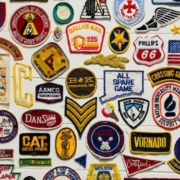What Is a Classification Problem?
Classification is an important and central topic in ML, which has to do with training machines how to group together data by particular criteria. Classification is the process where computers group data together based on predetermined characteristics — this is called supervised learning. There is an unsupervised version of classification, called clustering where computers find shared characteristics by which to group data when categories are not specified.
For example:









